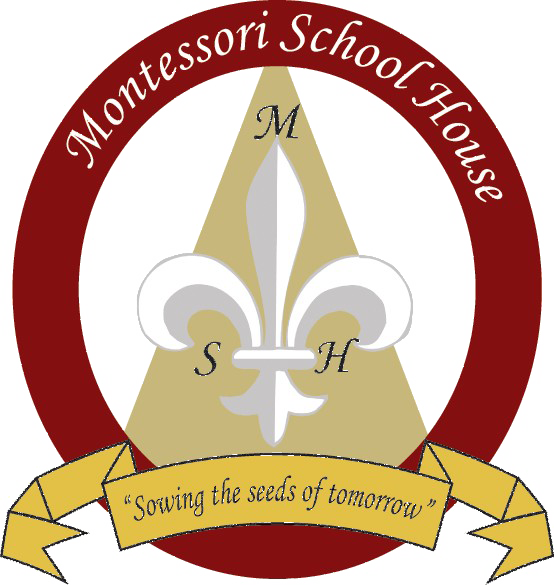Maria Montessori (1870 – 1952)
First woman in Italy to qualify as a physician
Maria Montessori worked in the fields of psychiatry, education and anthropology. She believed that each child is born with a unique potential to be revealed, rather than as a “blank slate” waiting to be written upon.
beginnings
Maria Montessori was the first woman in Italy to qualify as a physician. She worked in the fields of psychiatry, education and anthropology. She developed an educational theory, which combined ideas of scholar Froebel, anthropologist Giuseppe Sergi, French physicians, Jean Itard and Edouard Seguin, with methods that she found in medicine, education, and anthropology. Maria Montessori believed that each child is born with a unique potential. “She suggested that teachers see themselves as social engineers, she enhanced the scientific qualities of education”. (The Montessori Method).
In 1907 she was given the opportunity to study “normal” children, taking charge of fifty poor children in the slums of San Lorenzo in the outskirts of Rome. The news of the unprecedented success of her work in this Casa dei Bambini “House of Children” soon spread around the world, people coming from far and wide to see the children for themselves. Dr. Montessori was as astonished as anyone at the realized potential of these children. Dr. Montessori developed an educational theory, which combined ideas of scholar Froebel, anthropologist Giuseppe Sergi, French physicians Jean Itard and Edouard Sequin, with methods that she had found in medicine, education and anthropology.





